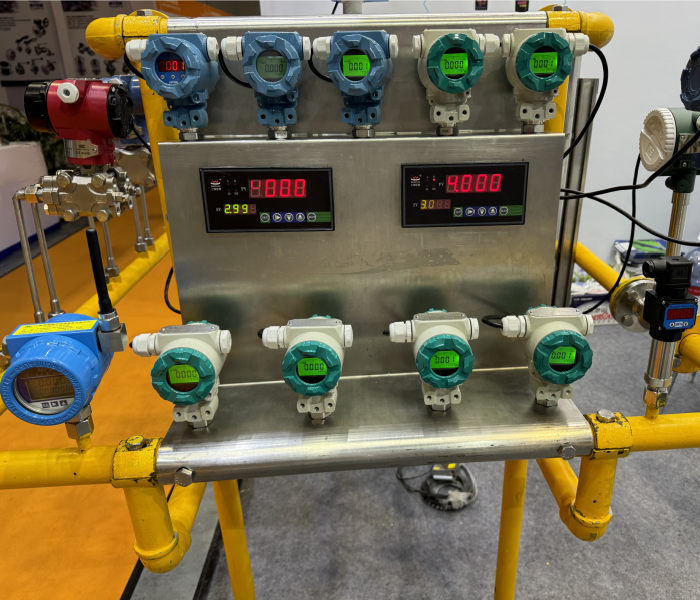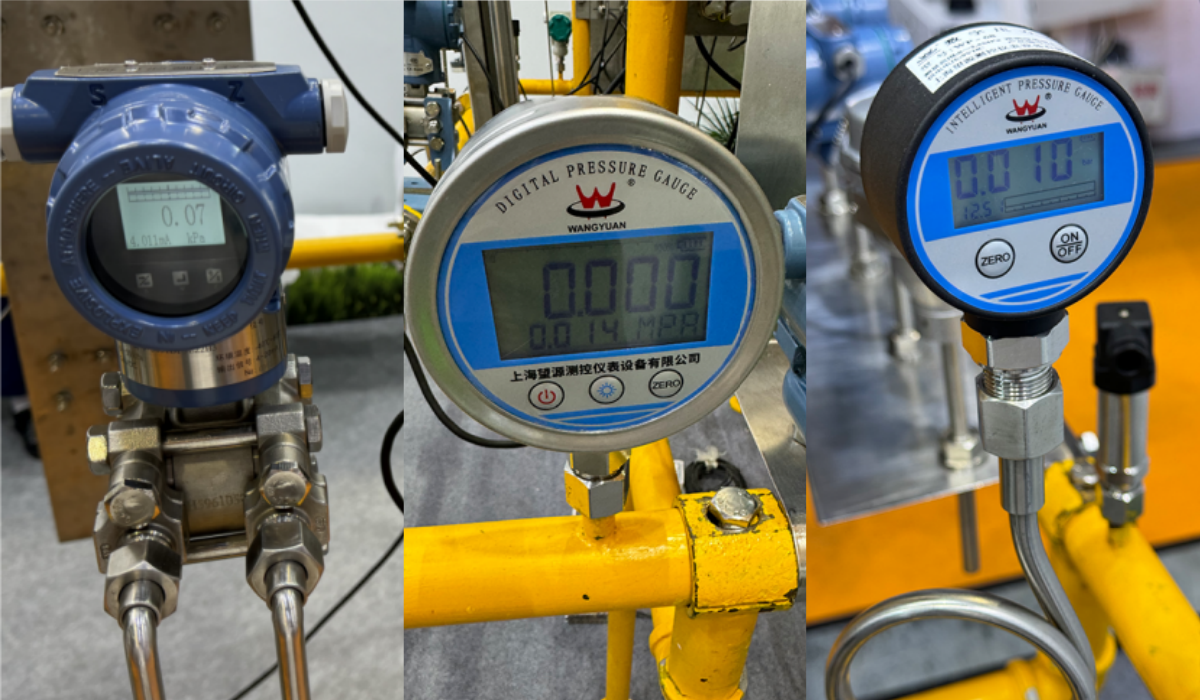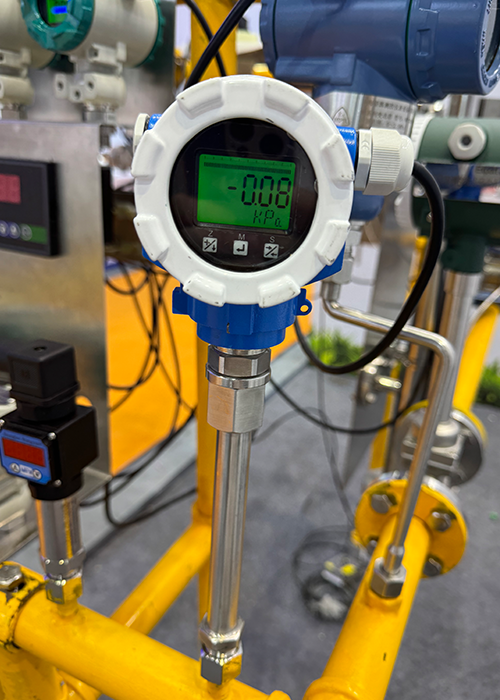Pressure is the amount of force exerted perpendicular to the surface of an object, per unit area. That is, P = F/A, from which it is obvious that smaller area of stress or stronger force reinforce applied pressure. Liquid/Fluid and gas can also apply pressure as well as solid surface.
Hydrostatic pressure is exerted by fluid at equilibrium at given point on account of the force of gravity. Amount of hydraulic pressure is irrelevant to size of contact surface area but to fluid depth that can be expressed by the equation P = ρgh. It is a common approach to use the principle of hydrostatic pressure to measure fluid level. So long as the density of fluid in a sealed container is known, underwater sensor can give the height of fluid column based on observed pressure reading.
Weight of air in atmosphere of our globe is considerable and steadily exerts pressure to ground surface. It is due to the presence of atmosphere pressure that in process measurement pressure is divided in different types.

Pressure units are various based on different pressure sources and units of relevant physical quantities:
Pascal - The SI unit of pressure, representing newton/㎡, in which newton is the SI unit of force. The amount of one Pa is rather small, so that in practice kPa and MPa are more commonly used.
Atm - Amount of standard atmosphere pressure, equals to 101.325kPa. Actual local atmosphere pressure fluctuates around 1atm depending on altitude and climate conditions.
Bar - Metric unit of pressure. 1bar equals 0.1MPa, a little less than atm. 1mabr = 0.1kPa. It’s convenient to convert unit between Pascal and bar.
Psi - Pounds per square inch, avoirdupois pressure unit mainly used by USA. 1psi = 6.895kPa.
Inches of water - Defined as the pressure exerted at the bottom of 1 inch high water column. 1inH2O = 249Pa.
Meters of water - mH2O is the common unit for immersion type water level transmitter.

Different Displayed Pressure Units ( kPa/MPa/bar)
Types of Pressure
☆Gauge pressure: The most common type for process pressure measurement based on actual atmosphere pressure. If no pressure has been added apart from surrounding atmospheric value, the gauge pressure is zero. It becomes negative pressure when sign of reading is minus, whose absolute value would not exceed local atmospheric pressure around 101kPa.
☆Sealed pressure: The pressure trapped inside the sensor diaphragm which use standard atmosphere pressure as base reference point. It can also be positive or negative, aka overpressure and partial vacuum respectively.
☆Absolute pressure: The pressure based on absolute vacuum when everything is absolutely empty, which might be hardly fully achieved under any normal conditions on Earth but it can be very close. Absolute pressure is either zero(vacuum) or positive and can never be negative.
☆Pressure differential: The difference between pressures of measuring ports. The difference is mostly positive because the high & low pressure ports are generally predetermined in accordance the design of process system. Differential pressure can be used for level measurement of sealed containers and as an aid to some kinds of flow meters.

Shanghai WangYuan, a process control specialist over 20 years manufactures pressure measuring instruments accepting all kinds of customized demands on pressure units and types. All products are fully calibrated and inspected before leaving the factory. Models with integral indicator can adjust displayed unit manually. Please feel free to contact us with your needs and questions.
Post time: Jun-11-2024



